Description
Stone River Elearning – Learn MEAN Stack
MEAN – MongoDB, Express.js, AngluarJS and Node.js
Being a one-trick programming pony doesn’t cut it anymore in today’s tech job market. The more strings you have on your bow, the more in-demand you’ll be. When it comes to web app development, having the know-how to create something fully-functioning from to finish boosts your employability credentials in a big way. Thankfully, the MEAN Stack is the tool set that allows you to do just that. Want to get involved? Read on…
Learn a Suite of In-Demand Programming Skills
- Understand MEAN Stack and how to use it effectively
- Code MEAN projects with an online IDE
- Develop MEAN REST APIs with Node and Express
- Create top-notch UIs with Angular 2
- Gain the skills needed to become a sought after web developer
Build Full-Stack Solutions for Mobile and the Web
This MEAN Stack online course is designed for any web developer or IT professional who wants to understand and use MEAN Stack for their projects. If you have some experience with an object-oriented/scripting language and JavaScript tools, great. But if you don’t, no worries – we guide you through every part of the process.
You’ll gain a solid foundation of knowledge in using the MEAN Stack (that’s MongoDB, Express, Angular and Node JS) for web and mobile development, with hours of instruction and code-alongs to help you through. You’ll study each component individually, learning how to assemble them to provide a highly efficient JavaScript-based development stack.
That means setting up an online IDE, developing MEAN REST APIs with Node and Express, programming and configuring with MongoDB, developing rich and functional UIs with Angular, scaffolding a MEAN UI client project, and much more.
Plus, we make sure your skills are future-proofed by using Angular 2, the much-discussed rewrite of Angular JS that’s guaranteed to set the market on fire in the coming months. By the time you’ve finished this course, you’ll be more than ready to working on your own MEAN Stack projects.
What is MEAN Stack?
MEAN Stack is a collection JavaScript-based technologies used for web app development. Namely: MongoDB, ExpressJS, Angular 2 and NodeJS. It is a ‘full stack’ development toolkit, from client and server sides to databases. Basically MEAN Stack allows you to create functional, fun and flawless web applications from beginning to end, with one ‘stack’ of tools.
Course Curriculum
Welcome to MEAN
- Welcome to MEAN (2:06)
- What We Will Learn (3:54)
- Course Specifics (2:46)
- What does MEAN mean (0:56)
- Where did MEAN Come From (3:30)
- Our Take On MEAN (1:47)
- MEAN Application Architecture (4:05)
- Section Summary (2:01)
- Section Introduction (1:02)
- How this will go (3:58)
- Course Project Introduction (1:43)
- Setup (10:12)
- Section Summary (0:41)
- Discover Node.js (0:13)
- What are Node.js & Express (1:36)
- Try Node from Command Line (2:22)
- Set up a Node.js app (2:36)
- Use GIT with C9.io (4:49)
- Section Summary (0:38)
- Work With Express (0:44)
- Get Express set up (8:22)
- Create an NPM script (2:45)
- Routing with Express (3:21)
- Section Summary (0:57)
- Kick a Node Web App (0:33)
- Use a Bootstrap Template (6:49)
- Configuring Resources (4:56)
- Manage UI Components with Bower (8:21)
- Section Summary (0:44)
- Work with Gulp (0:26)
- Use JSHint in Gulp (5:10)
- Inject dependencies with Wiredep (10:40)
- Injection with Gulp-Inject (6:59)
- Watch Changes with Nodemon (4:15)
- Section Summary (0:50)
- Work with Node Templating Engines (0:19)
- Review of Templating Engine Optionsited (2:22)
- Begin with EJS (5:32)
- Put EJS to Work (6:15)
- Section Summary (0:38)
- More Express Routing (0:33)
- Use a Router (7:19)
- New Pages (6:19)
- Separate code into different files (3:28)
- Wire our new pages back to Express & Node (8:05)
- Section Summary (0:47)
- Use a Database with Node.js (0:21)
- Get MongoDB setup and installed (3:37)
- Get Events data ready to be inserted into MongoDB (3:59)
- Write code to insert our data into MongoDB (6:58)
- Query MongoDB and display results in our page (4:48)
- Section Summary (0:37)
- Sub-Course Wrap-Up (6:19)
- Welcome to Mongo DB (0:32)
- How this will go (7:03)
- Our Hands-On Project (1:19)
- Setup Our Tools (16:33)
- Section Summary (0:38)
- Set Up our Project (0:40)
- Import Data with Mongo Import (2:46)
- Use the Mongo Shell (5:33)
- Javascript in the Mongo Shell (1:41)
- Section Summary (1:23)
- with Queries and Operations (1:11)
- Retrieve data with .find() (5:42)
- Create data with .save() & .insert() (3:13)
- Update data with .update() (4:17)
- Deleting data with .remove() (2:42)
- Display User Data in our App (5:58)
- Section Summary (1:00)
- Model New Entities (0:49)
- Rules for Modeling (3:10)
- Simple & Complex Models (2:40)
- Modeling ‘Event’ Data (5:52)
- Modeling ‘Event Registration’ data (5:42)
- Section Summary (0:46)
- Indexing Mongo DB (0:42)
- Mongo DB & Indexes (2:00)
- Using Indexes (1:26)
- Creating Indexes (3:32)
- Section Summary (0:49)
- Mongo DB Aggregation Framework (2:07)
- Aggregation Concepts (1:30)
- Pipeline Stages & Operators (2:25)
- Aggregation in our Project (3:02)
- Use our Aggregated Data (5:25)
- Section Summary (1:40)
- Replication & Sharding (1:25)
- What are Replica Sets? (2:09)
- Automated Failover (1:47)
- What is Sharding? (1:19)
- Rules for Sharding data (3:38)
- Section Summary (0:55)
- Our Web App (6:07)
- Our Project’s State (4:59)
- Our app.js file (5:14)
- Our Aggregate Queries (2:56)
- Section Summary (3:27)
- Sub-Course Wrap-Up (3:48)
- Learning Objectives & Project Requirements Review (7:20)
- Section Introduction (2:13)
- Say Hello to Angular2 (4:10)
- How this course works (3:02)
- The Course Project (2:00)
- Section Summary (0:52)
- Pack Our Lunch (0:59)
- Why TypeScript in Angular2? (3:56)
- Getting the Cloud9 Online IDE (1:24)
- Setting Up the Cloud9 IDE (2:02)
- Setting Up The Course Project (8:06)
- Using Angular 2 Modules (3:47)
- Section Summary (1:26)
- Angular Components (1:14)
- The Component Defined (2:23)
- The Component Parts (4:52)
- Tying a Component Together (1:59)
- The App Component (4:28)
- Bootstrapping an Angular2 App (6:57)
- Section Summary (4:00)
- Building Angular2 UI (2:40)
- The Component Template (5:47)
- Create A Template (2:44)
- The Directive Component (4:25)
- Interpolation (4:08)
- Angular2 Built-In Directives (9:27)
- Section Summary (3:09)
- Binding in Angular2 (1:47)
- Property Binding (3:42)
- Event Binding (3:49)
- 2-Way Binding (2:09)
- Formatting Bound Data with Pipes (3:20)
- Section Summary (2:08)
- Advanced Component Concepts (2:18)
- Interface & Components (5:08)
- Styling Components (4:02)
- Component Lifecycle Events (3:55)
- Pipe Transform Interface (7:55)
- Section Summary (3:11)
- Component Composition (1:58)
- Parent/Child Components (5:10)
- More Parent/Child Components (2:24)
- Property Binding with @Input (2:40)
- Event Binding with @Output (5:38)
- Section Summary (2:13)
- Services (1:39)
- Angular2 Dependency Injection (2:11)
- Creating Serivices (3:14)
- Using Services (2:55)
- Service Injection (4:36)
- Section Summary (2:03)
- Web Services (1:21)
- Observables vs. Promises (2:06)
- Using Reactive Extensions (2:11)
- HTTP Requests (6:14)
- Implementing Observables (2:26)
- Section Summary (2:04)
- Angular2 Routing (5:27)
- Route Configuration (3:17)
- Routes and Actions (4:53)
- Routes and Views (1:50)
- Routes and Parameters (5:35)
- Routes and Code (2:32)
- Section Summary (4:08)
- Setting Up Angular2 From Scratch (0:28)
- Configuring the Compiler (2:45)
- Project Dependencies (2:57)
- Core Libraries (0:53)
- Section Summary (0:36)
- Sun Section wrap up (0:33)
- Review of Concepts (1:37)
- The Real Challenge (1:00)
- Angular2 and Express (1:23)
- Create a MEAN Project with Angular-CLI (8:10)
- Make Express MEAN and RESTful (8:16)
- RESTful Local Events in Angular2 (10:42)
- Section Summary (0:53)
- MEAN Approaches (0:58)
- Mean.io and Mean.js (3:59)
- Exchangeable Frameworks (7:50)
- Scaffolding with Yeoman (9:45)
- Section Summary (0:59)
- Section Introduction (2:03)
- What Now? (0:58)
- More comments on MEAN (2:00)
- Thank You (0:34)
Sale Page: https://stoneriverelearning.com/p/learn-mean-stack-coming-soon
Archive: https://archive.ph/IeDKp
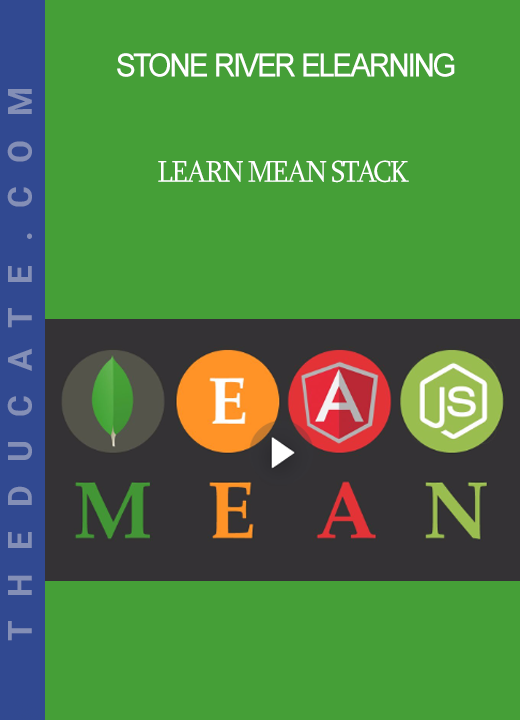
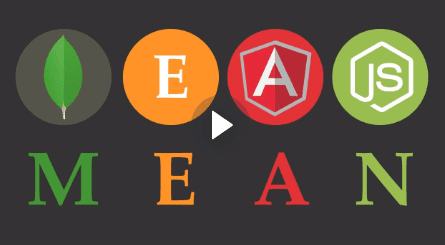

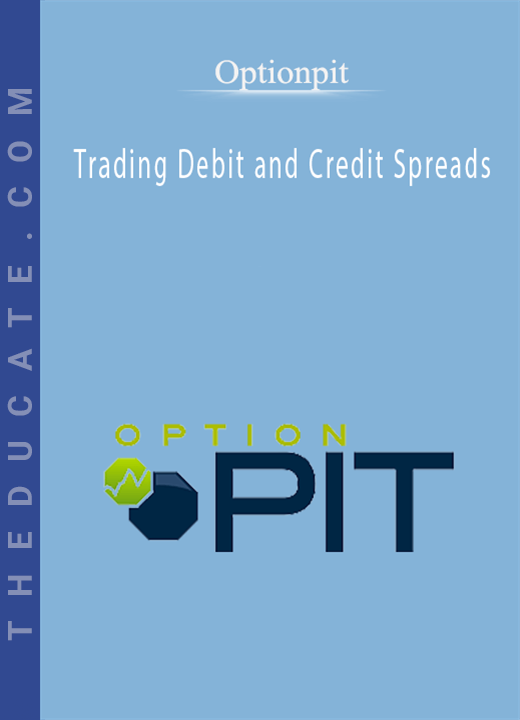
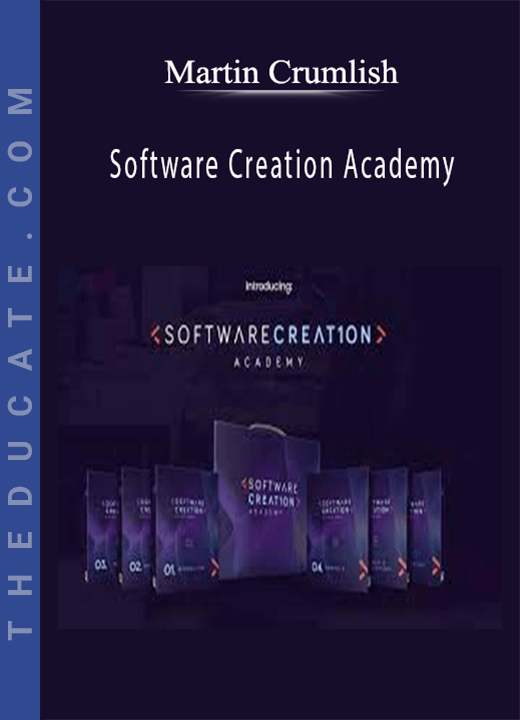

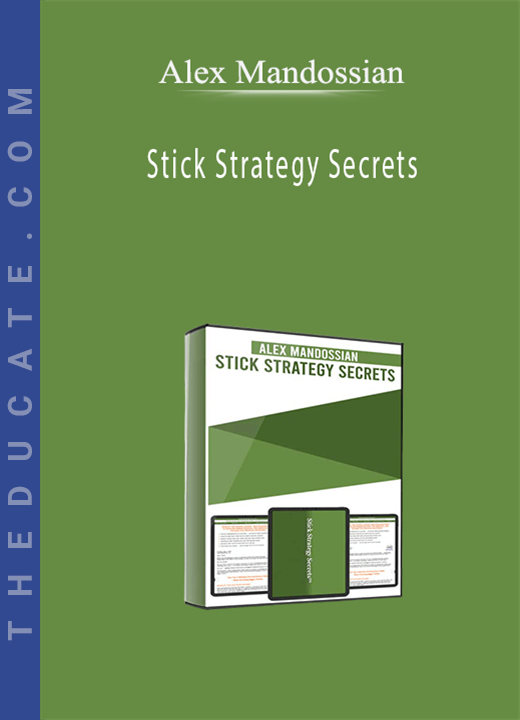
Reviews
There are no reviews yet.